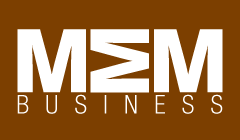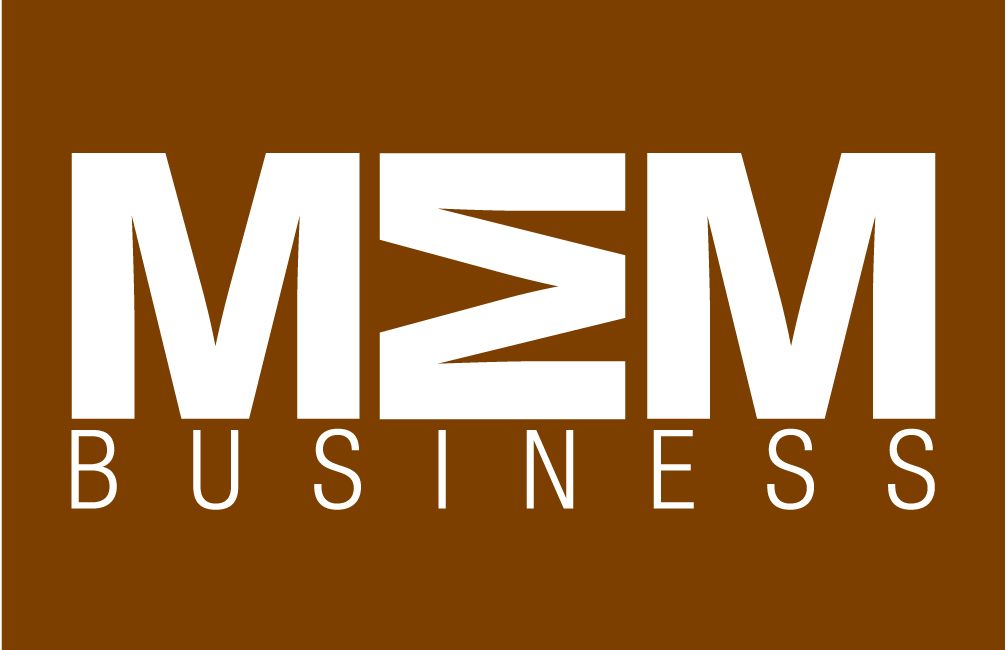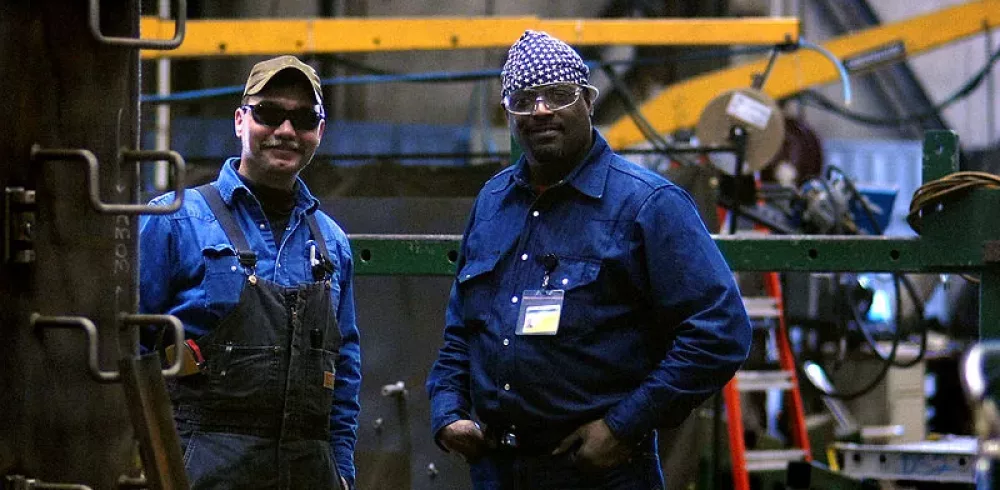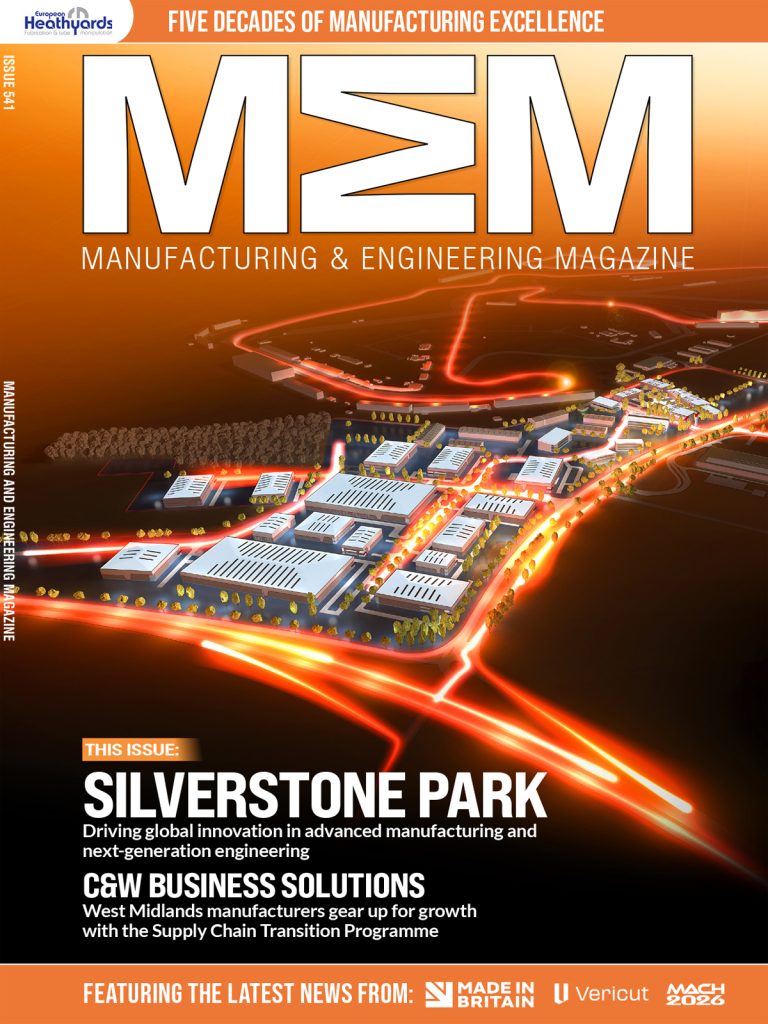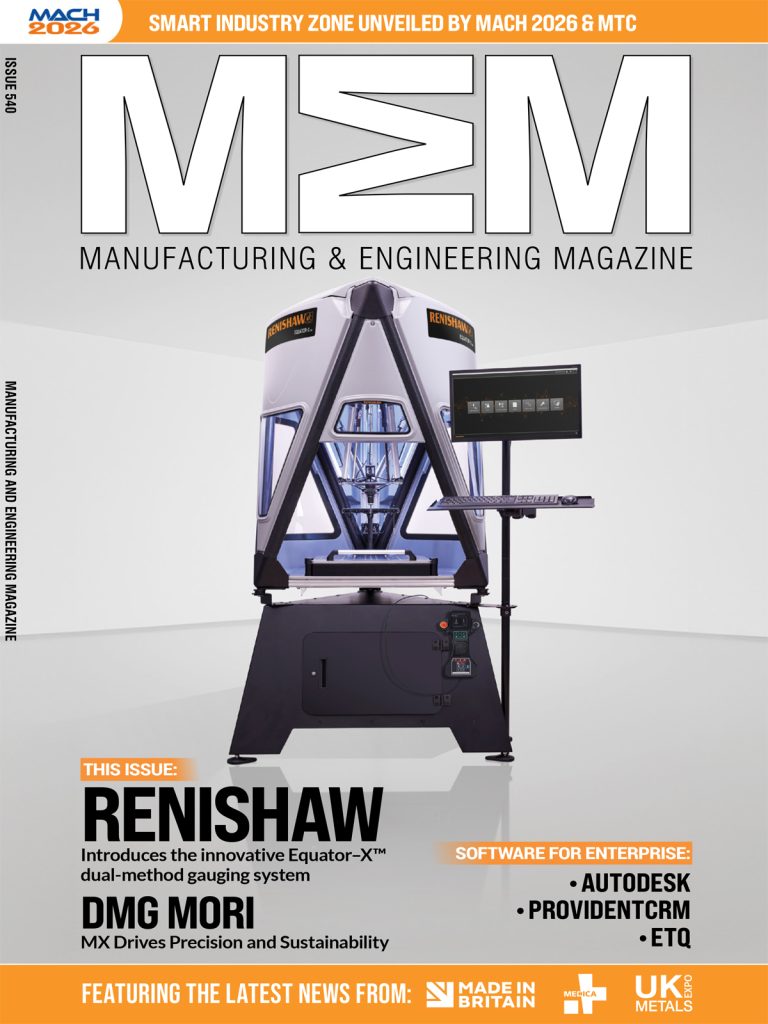The manufacturing industry has heavily invested into operational technology (OT), into creating more connected and intelligent factories, equipment and supply chains. However, when it comes to the employees, the manufacturing industry’s investments haven’t kept up. Its workforce still faces the same challenges it used to a several decades ago.
In addition, the new industrial environment of nowadays requires different skills for factory workers. For example, they need to know how to configure and service robots in order to work with them in new ways and in shared space.
Firstline workers, such as plant floor operators, field service technicians and delivery specialists, are the ones most in need of IT innovation. In manufacturing, the majority are forced to spend significant amounts of time searching for information in the field, are unable to collaborate with experts, and are bogged down with manual processes. IT transformation is also important for information workers, such as product engineers and plant managers, who need the efficiency gains made possible by new analytics, design and collaboration tools.
To build a modern manufacturing workplace, using mixed reality technology can transform how employees interact with their environment and collaborate in problem-solving situations. Building a modern manufacturing workplace also sets the foundation for a more efficient manufacturing operation by bringing together smart connected things, the intelligent cloud and streamlined people processes.
The workplace should empower its workforce across four key manufacturing functions: services, operations, plant management and product engineering. Mixed reality can prepare service technicians prior to a service call better than before with all information required to successfully complete their task. The manufacturing floor could be improved by taking advantage of new advances in human-robot collaboration to maximise employees’ time.
Furthermore, manufacturers can help their plant managers to leverage plant insights and enhance productivity, which could include simplifying scheduling and staff management. It enables employees to be productive across many devices and locations, all while protecting IP and customer information. With better resources for design and collaboration, manufacturers can harness the creativity and innovative power of their product engineers by analysing data from connected products, using collaboration tools or iterating digitally the design.
Manufacturing & Engineering Magazine | The Home of Manufacturing Industry News
